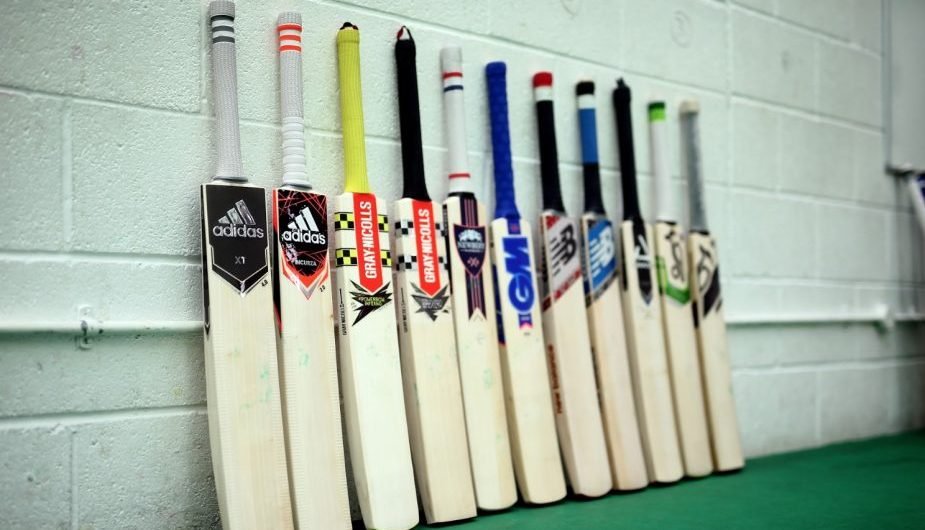Introduction
Welcome to our guide on how to choose the right cricket equipment! Cricket is a sport that requires precision, skill, and the right gear. Whether you’re a seasoned player or just starting out, selecting the appropriate equipment is essential for your performance and safety on the field.
In this comprehensive guide, we will walk you through the various types of cricket equipment, explaining their functions and importance. Understanding your requirements and knowing the factors to consider when purchasing cricket gear can significantly impact your game. We’ll also provide insights on where to buy high-quality equipment, both locally and online.
Cricket enthusiasts, both young and old, often find themselves overwhelmed by the plethora of options available in the market. With different brands, sizes, and materials to choose from, making an informed decision is crucial. Our goal is to simplify this process for you, ensuring that you make the right choices based on your needs and preferences.
From selecting the perfect cricket bat to choosing the right protective gear, we’ve got you covered. Whether you’re a batsman looking for the ideal blade, a bowler in search of the right ball, or a fielder needing top-notch gloves and pads, our guide will provide valuable insights to aid your decision-making.
Throughout this blog post, we’ll address common questions that players often have about cricket equipment. We’ll debunk myths, clarify doubts, and provide practical tips to enhance your overall cricketing experience. Additionally, we’ll explore reputable brands and stores, ensuring you have access to the best products the market has to offer.
So, whether you’re gearing up for a local match or aspiring to play at a competitive level, read on to discover everything you need to know about choosing the right cricket equipment. Let’s get started on your journey to becoming a well-equipped and confident cricketer!
Understanding Your Needs
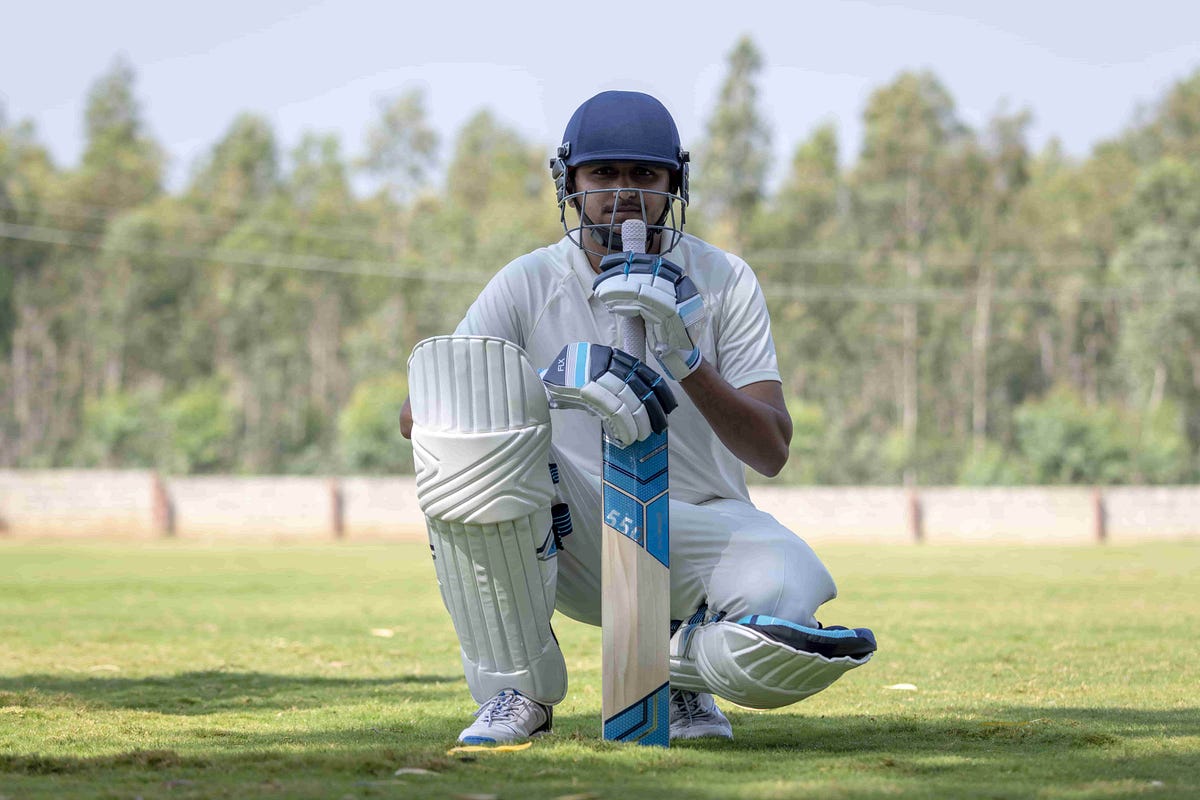
Before you start shopping for cricket equipment, it’s essential to have a clear understanding of your needs and preferences. Cricket is a sport that demands specialized gear, and choosing the right equipment can significantly impact your performance on the field.
Here are some key factors to consider when understanding your needs:
1. Skill Level
Your skill level plays a crucial role in determining the type of equipment you need. Are you a beginner, an intermediate player, or an advanced cricketer? The level of equipment you require will vary accordingly.
2. Playing Position
Your playing position also influences your equipment choices. Batsmen, bowlers, wicketkeepers, and fielders each have unique requirements. For example, a batsman needs a high-quality bat, while a bowler may prioritize bowling shoes and protective gear.
3. Age and Size
Cricket equipment is available in various sizes, and it’s essential to choose gear that suits your age and physique. Youth players will need equipment designed for their smaller frames, while adults should opt for full-sized gear.
4. Budget
Set a budget for your cricket equipment purchases. High-end gear can be expensive, so it’s important to strike a balance between quality and affordability. Consider which items are worth investing in and where you can save.
5. Playing Conditions
The type of cricket you play and the conditions you encounter can affect your equipment choices. For instance, if you play predominantly in wet conditions, you’ll need gear that offers better grip and protection against moisture.
Additionally, it’s helpful to create a checklist of the specific items you need based on your understanding of these factors. Here’s a simple table to get you started:
| Item | Recommended for |
|---|---|
| Bat | Batsmen |
| Ball | Bowlers |
| Helmet | All players, especially batsmen and wicketkeepers |
| Pads and Gloves | Batsmen and wicketkeepers |
| Stumps and Bails | Bowlers and wicketkeepers |
Understanding your needs is the first step towards making informed decisions when purchasing cricket equipment. By considering these factors and creating a tailored checklist, you can ensure that you get the right gear to enhance your performance and enjoyment of the game.
Cricket Bat Selection
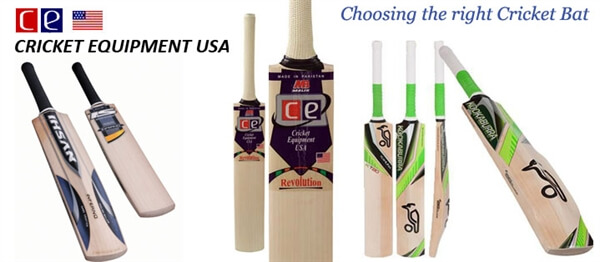
Choosing the right cricket bat is a crucial decision for any batsman. Your performance at the crease heavily depends on the quality and suitability of your bat. Here’s a comprehensive guide to help you make an informed choice:
1. Bat Types
Cricket bats come in various types, with the two primary ones being:
- English Willow: Bats made from English willow are considered top-tier due to their superior performance. They are lightweight, provide excellent power, and are favored by professional players.
- Kashmir Willow: These bats are more affordable and suitable for beginners or recreational players. While they may not offer the same performance as English willow bats, they are durable and can still perform well.
2. Bat Size
Choosing the right size is crucial for comfort and control. Measure the bat from the top of the handle to the highest point on the blade’s face while the handle is held parallel to the ground. Common sizes include:
- Short Handle: Suitable for most adult players.
- Long Handle: Ideal for taller players who need a longer reach.
- Junior Sizes: Available for youth players based on their age and height.
3. Weight
Ensure the bat’s weight is comfortable for you. Lighter bats are easier to control but may sacrifice power, while heavier bats can provide more power but may be harder to maneuver. Find a balance that suits your playing style.
4. Sweet Spot
The sweet spot is the area of the bat that provides the best balance between power and control. It’s usually slightly below the middle of the blade. Test the bat by tapping it with your hand to locate the sweet spot, as it varies between bats.
5. Handle Type
Cricket bat handles come in different shapes and thicknesses. Choose a handle type that feels comfortable in your hands. Some players prefer oval handles for better grip, while others opt for round handles for flexibility.
Here’s a quick reference table to summarize the key considerations:
| Factor | Considerations |
|---|---|
| Bat Type | English Willow for top performance, Kashmir Willow for affordability |
| Bat Size | Short Handle, Long Handle, or Junior Size |
| Weight | Balance between control and power |
| Sweet Spot | Locate the sweet spot for optimal performance |
| Handle Type | Oval or round handle based on preference |
When selecting a cricket bat, visit a sports store if possible to try different options and assess how they feel in your hands. Your bat is your most important tool on the field, so take your time to choose one that complements your playing style and abilities.
Cricket Ball Selection
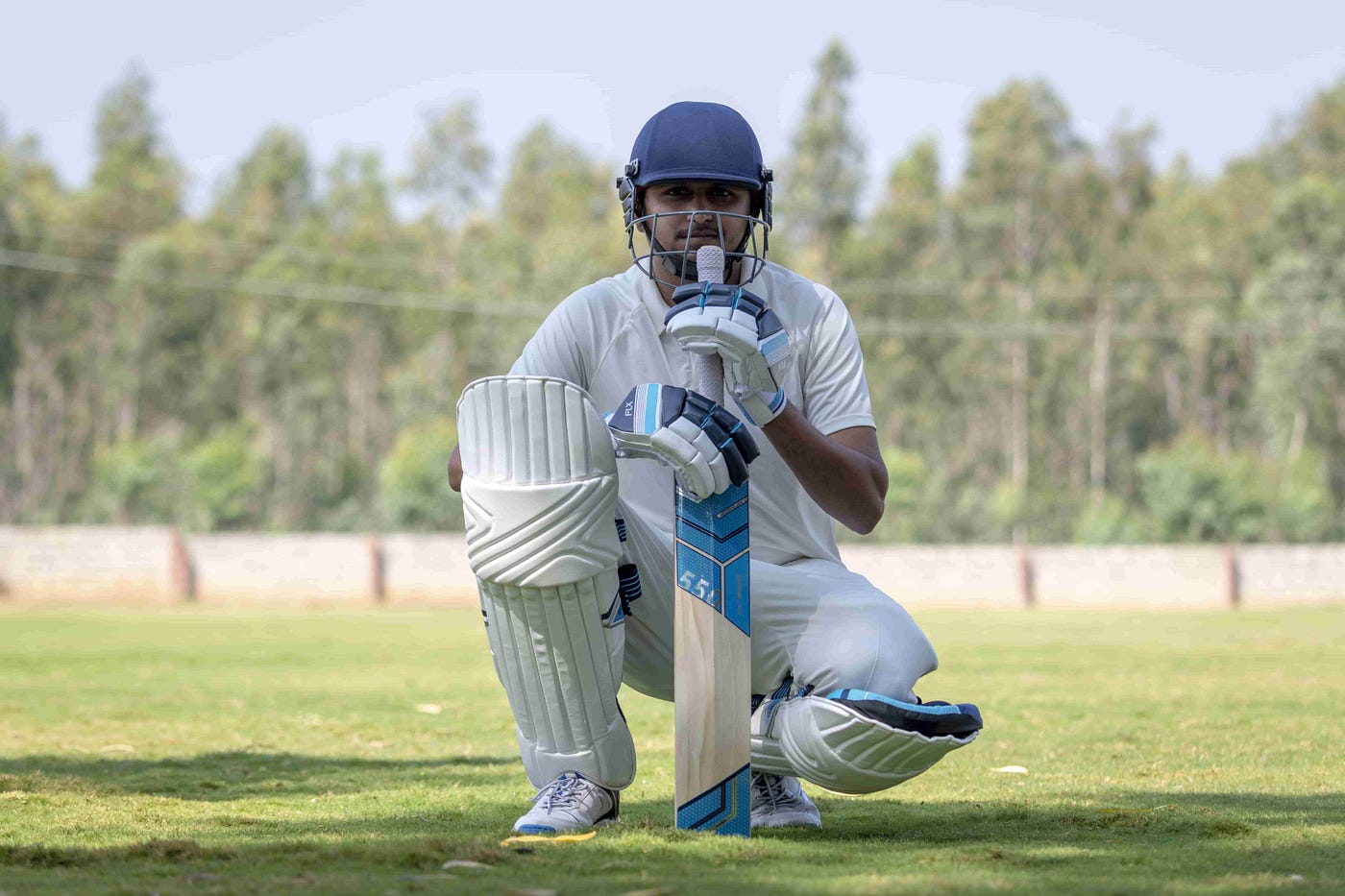
Choosing the right cricket ball is essential for an enjoyable and competitive game. Cricket balls vary in material, quality, and suitability for different formats of the game. Here’s a guide to help you make an informed choice:
1. Ball Types
Cricket balls are primarily categorized into two types:
- Red Cricket Ball: Used in longer formats of the game, such as Test and first-class matches. Red balls are made from high-quality leather and are known for their durability and swing.
- White Cricket Ball: Typically used in limited-overs formats like One Day Internationals (ODIs) and Twenty20 (T20) matches. White balls are designed for better visibility under floodlights and tend to swing more early in an innings.
2. Quality and Brand
Choosing a reputable brand and high-quality ball is crucial. Well-known brands like Kookaburra, Dukes, and SG produce reliable cricket balls. Quality balls last longer, maintain shape, and offer consistent performance.
3. Format of the Game
Consider the format you’ll be playing when selecting a cricket ball. Red balls are suitable for multi-day matches, while white balls are ideal for limited-overs games. Make sure your choice aligns with the game format.
4. Seam and Shine
Inspect the seam of the ball carefully. A well-defined seam can help bowlers achieve swing and seam movement. Additionally, assess the ball’s shine. Both sides of a cricket ball must be equally polished for even swing and performance.
5. Weight and Size
Cricket balls come in various weights and sizes. Standard red cricket balls weigh between 155.9 and 163 grams, while white balls weigh between 155.9 and 162 grams. Ensure the ball you select falls within the specified weight range.
Here’s a handy summary table to assist in your cricket ball selection:
| Factor | Considerations |
|---|---|
| Ball Type | Red for longer formats, white for limited-overs |
| Quality and Brand | Choose a reputable brand and high-quality ball |
| Format of the Game | Select based on the format you’ll be playing |
| Seam and Shine | Inspect the seam and ensure even shine |
| Weight and Size | Ensure the ball falls within the specified weight range |
Remember that maintaining and caring for your cricket ball is essential to prolong its lifespan and performance. Regularly clean and condition the ball, and store it in a cool, dry place when not in use. With the right cricket ball, you can enhance your bowling skills and overall cricketing experience.
Protective Gear
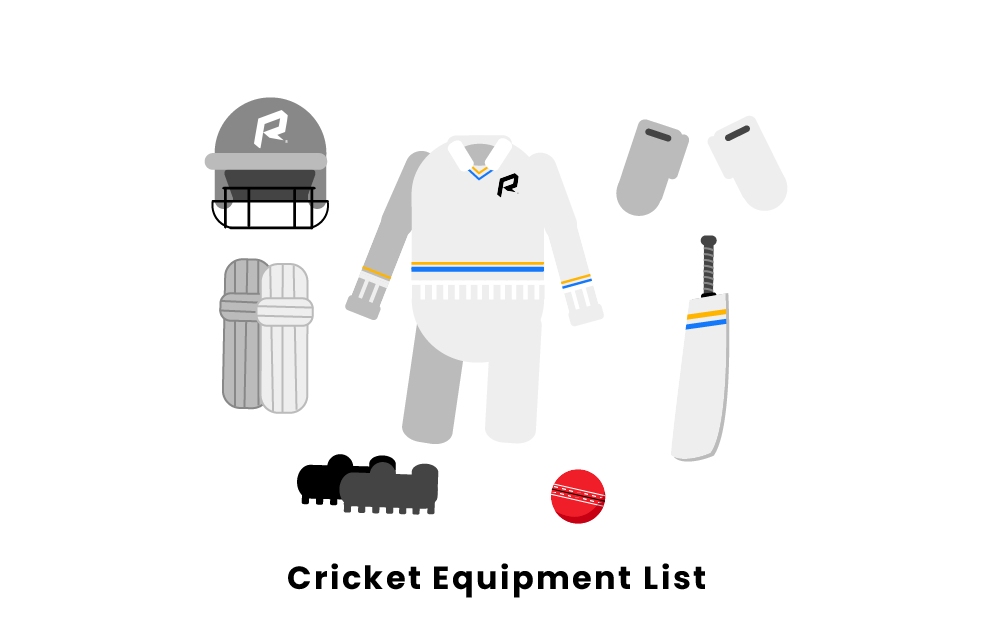
Cricket is a thrilling sport, but it comes with certain risks. To ensure your safety on the field, investing in the right protective gear is of utmost importance. Here’s a comprehensive guide to help you choose the right protective equipment:
1. Helmet
A cricket helmet is non-negotiable. It provides crucial protection for your head against fast deliveries and bouncers. Ensure it meets safety standards and fits snugly without obstructing your vision. Always opt for a helmet with a grill or faceguard to shield your face.
2. Pads and Gloves
Leg pads and gloves protect your limbs from impact. Pads cover your shins and knees, while gloves safeguard your hands. Both should fit comfortably and securely to allow for movement while ensuring maximum protection.
3. Thigh Guards and Arm Guards
Additional protection for your thighs and arms is recommended, especially if you’re a batsman. These guards can prevent painful injuries from fast bowlers and unexpected bouncers.
4. Abdominal Guard
The abdominal guard, often referred to as a “box,” is essential for male players. It shields sensitive areas from injury. Ensure it fits snugly and securely for optimal protection.
5. Chest Guard
A chest guard is vital for young or amateur cricketers. It protects the chest area and the heart from high-speed deliveries. It’s particularly important if you’re facing fast bowlers.
6. Footwear
Proper cricket shoes are essential for grip and ankle support. Spiked shoes are preferred, especially for bowlers and batsmen, as they provide traction on the pitch and prevent slips.
7. Neck Guard
A neck guard is attached to the helmet to protect the neck area. While it’s not always mandatory, it can add an extra layer of protection, especially for junior players or those facing rapid deliveries.
Here’s a summary table to help you remember the key protective gear:
| Protective Gear | Key Considerations |
|---|---|
| Helmet | Fits well, has a grill or faceguard |
| Pads and Gloves | Comfortable fit, secure straps |
| Thigh Guards and Arm Guards | Additional protection for limbs |
| Abdominal Guard | Secure fit for sensitive areas |
| Chest Guard | Protects chest and heart |
| Footwear | Provides grip and ankle support |
| Neck Guard | Added protection for the neck area |
Never compromise on safety. Quality protective gear can prevent serious injuries and allow you to enjoy the game with confidence. Make sure your gear meets safety standards and fits correctly before stepping onto the cricket field.
Cricket Clothing
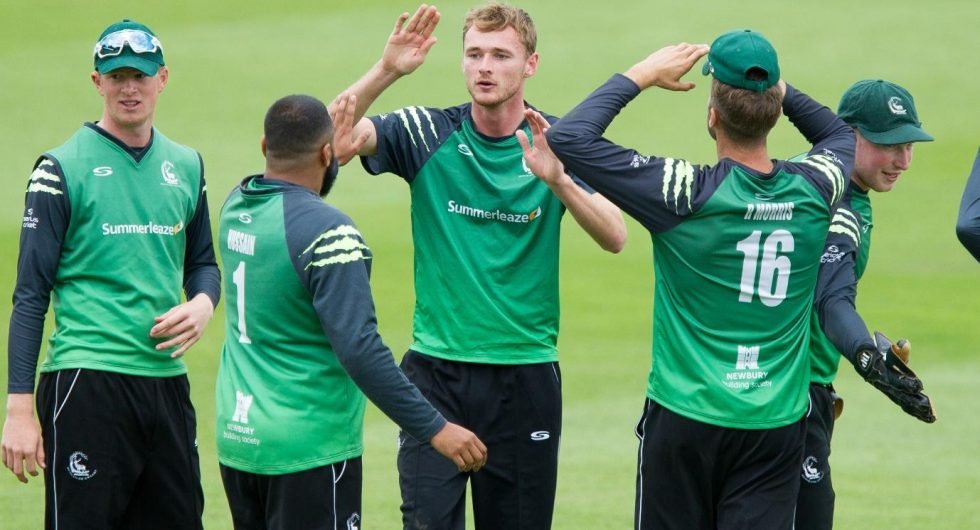
Cricket clothing not only impacts your comfort on the field but also plays a role in your overall performance. Proper attire ensures you can move freely and stay cool during intense matches. Here’s what you need to know about cricket clothing:
1. Cricket Jersey and Pants
The cricket jersey and pants are your primary clothing items. They are typically made of lightweight, breathable materials like polyester. Ensure your jersey fits comfortably and is not too tight, as this can restrict movement. Look for moisture-wicking properties to keep you dry on the field.
2. Team Colors
If you’re playing in a team, make sure your cricket clothing matches the team colors and design. This creates a sense of unity and identity on the field. Many cricket clubs and teams have specific jerseys with logos and sponsorships.
3. Base Layers
Consider wearing base layers beneath your jersey and pants. These help regulate your body temperature and wick away sweat. In colder weather, thermal base layers can keep you warm.
4. Cricket Socks
Socks might seem minor, but they play a significant role in preventing blisters and providing comfort. Look for moisture-wicking, cushioned socks that fit well and provide support to your feet and ankles.
5. Cricket Caps and Hats
A cricket cap or hat is essential for protecting your head and eyes from the sun. It also helps absorb sweat and keeps it away from your face. Ensure it fits securely but comfortably.
6. Footwear
Cricket footwear is specialized for the sport. Cricket shoes have spikes (usually rubber or metal) that provide traction on the pitch. Bowlers and batsmen may have different preferences, so choose a style that suits your role and comfort.
Here’s a summary table to help you remember the key clothing items:
| Clothing Item | Key Considerations |
|---|---|
| Cricket Jersey and Pants | Lightweight, breathable, moisture-wicking |
| Team Colors | Match your team’s colors and design |
| Base Layers | Regulate body temperature, moisture-wicking |
| Cricket Socks | Moisture-wicking, cushioned, proper fit |
| Cricket Caps and Hats | Protect from sun, absorb sweat |
| Footwear | Specialized shoes with spikes for traction |
Cricket clothing not only enhances your performance but also contributes to your safety and comfort during the game. Choose high-quality, well-fitting attire that suits your playing conditions, and you’ll be ready to excel on the cricket field.
Footwear
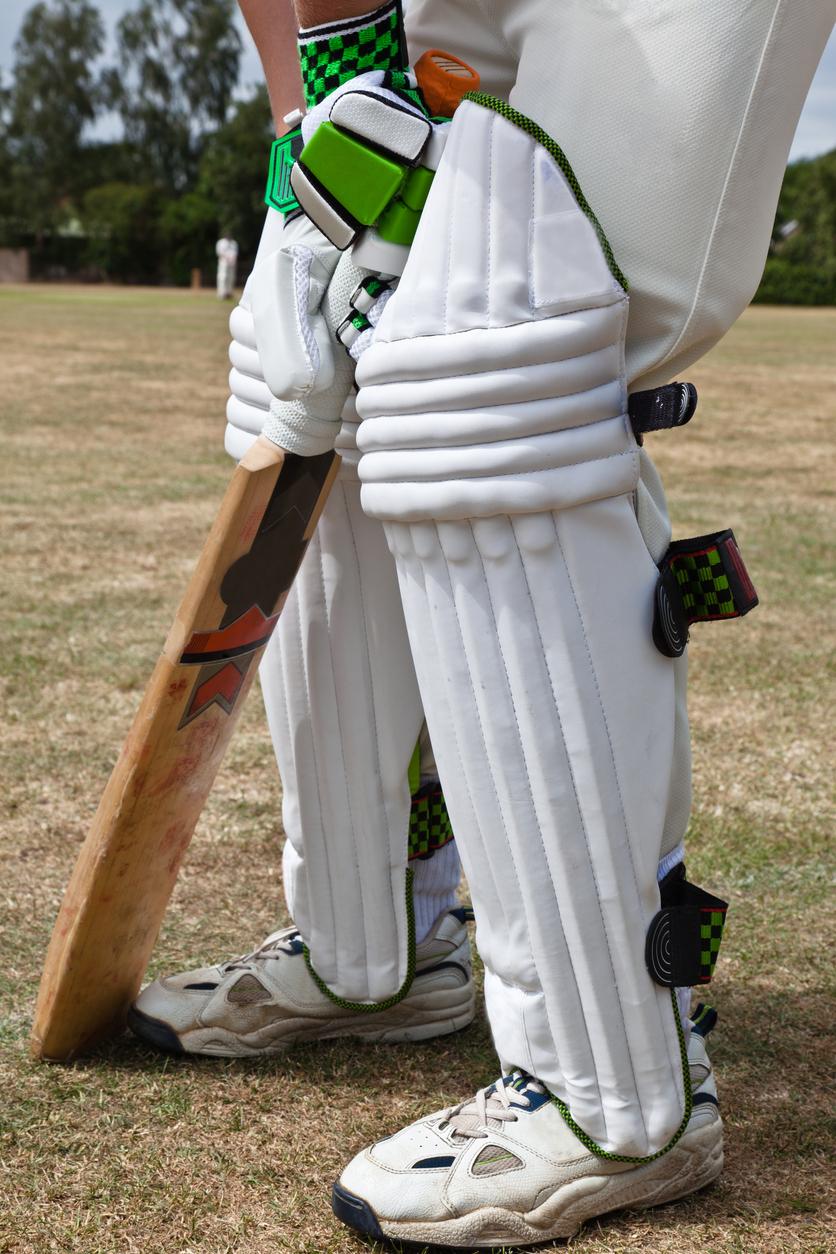
Choosing the right cricket footwear is essential for both performance and injury prevention. Cricket involves a lot of running, quick movements, and varying pitch conditions, so having the appropriate footwear can make a significant difference. Here’s what you should consider when selecting cricket shoes:
1. Spike Types
Cricket shoes are equipped with spikes that provide traction on the pitch. There are two main types of spikes:
- Rubber Spikes: These are versatile and suitable for most playing conditions. They offer good grip and are less damaging to the pitch.
- Metal Spikes: Metal spikes provide superior grip, especially on wet or soft pitches. However, they can be harsh on the playing surface and are typically used by experienced players who understand pitch conditions well.
2. Comfort and Fit
Comfort is paramount when it comes to cricket footwear. Ill-fitting shoes can lead to blisters and discomfort. Ensure your shoes provide ample cushioning, have a snug yet not overly tight fit, and support your arches and ankles.
3. Playing Role
Your position on the cricket field can influence your choice of footwear:
- Batsmen: Look for lightweight shoes with good grip for quick footwork.
- Bowlers: Opt for shoes that provide excellent stability and support for your landing foot.
- All-rounders: Seek versatile shoes that offer both grip and support for batting and bowling.
4. Pitch Conditions
The condition of the pitch should also guide your choice of spikes. For dry, hard pitches, rubber spikes are sufficient. Metal spikes are more suitable for wet or soft pitches where extra grip is needed.
5. Ankle Support
If you have a history of ankle injuries or want extra support, consider shoes with ankle straps or high-top designs. Ankle support can help prevent twists and sprains during quick movements.
Here’s a summary table to assist you in choosing the right cricket footwear:
| Consideration | Recommendations |
|---|---|
| Spike Type | Rubber spikes for versatility, metal spikes for extra grip |
| Comfort and Fit | Snug fit, cushioning, arch support |
| Playing Role | Choose based on batting, bowling, or all-round play |
| Pitch Conditions | Consider pitch hardness and moisture |
| Ankle Support | Optional ankle straps or high-top designs for added support |
Remember, cricket footwear is an investment in your performance and safety. Take your time to find the right pair that matches your playing style and conditions to make the most out of your time on the cricket field.
Accessories
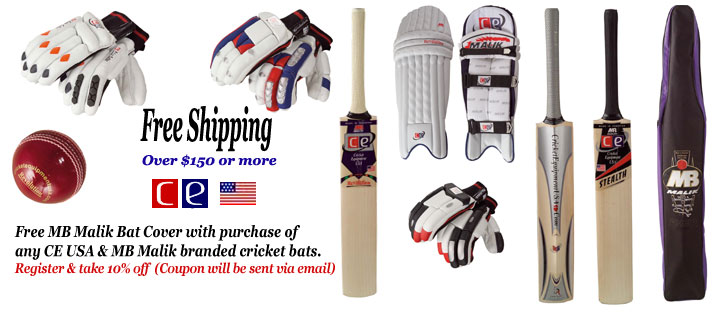
Cricket accessories may seem small compared to bats and protective gear, but they are essential for a comfortable and successful experience on the field. Here’s a detailed guide to cricket accessories and their significance:
1. Cricket Bag
A good cricket bag is essential to keep your gear organized and protected. Look for one with separate compartments for bats, clothing, and shoes. Some bags come with wheels for easy transportation.
2. Grip Cone and Bat Mallet
A grip cone makes it easier to replace and secure your bat’s grip. A bat mallet is used to prepare a new cricket bat by knocking it in. These accessories are often overlooked but can significantly impact your bat’s performance.
3. Cricket Stumps and Bails
Having your set of stumps and bails can be convenient, especially for practice sessions. They are essential for both batting and bowling drills.
4. Scorebook and Pens
A scorebook is crucial for recording match scores and statistics. Make sure you have extra pens, as they tend to run out or get misplaced during a game.
5. Cricket Ball Box
A cricket ball box provides protection for your cricket balls, ensuring they remain in good condition. It’s a small but vital accessory for bowlers and captains.
6. Fielding Accessories
Fielders may consider additional accessories like catching gloves, practice catching aids, and fielding sleeves. These accessories help enhance fielding skills and protect your hands during practice.
7. Umpire Accessories
If you plan to take up umpiring, invest in a set of umpire counters, a ball gauge, and a hat to protect against the sun.
8. First Aid Kit
Every cricket team should have a basic first aid kit on hand. It should include items like bandages, antiseptic wipes, and pain relievers to address minor injuries on the field.
Here’s a summary table for quick reference:
| Accessory | Significance |
|---|---|
| Cricket Bag | Organize and protect gear |
| Grip Cone and Bat Mallet | Assist with grip replacement and bat preparation |
| Cricket Stumps and Bails | Essential for batting and bowling drills |
| Scorebook and Pens | Record match scores and statistics |
| Cricket Ball Box | Protect cricket balls |
| Fielding Accessories | Enhance fielding skills and protection |
| Umpire Accessories | For aspiring umpires |
| First Aid Kit | Address minor injuries on the field |
These cricket accessories may not directly impact your performance but contribute to the overall efficiency and safety of your cricketing endeavors. Make sure you have the necessary accessories to enjoy the game and be well-prepared for every match.
[BIG EXOPOSE]
He is Ravi Kishan, BJP MP from Gorakhpur.
He was on TV9 Bharatvarsh for an interview, anchor asked him if India should play cricket with Pakistan after Anantnag or not.
He said he have no details about Anantnag even after anchor giving him hints.
Further, he was… pic.twitter.com/uaL1XiSYDF
— Amock (@Politics_2022_) September 23, 2023
FAQ
Q: How do I determine the right size for cricket equipment?
When choosing cricket equipment, size matters significantly. For bats, consider your height and the length of the bat. A bat that reaches your hip level is generally a good fit. For pads and gloves, ensure they provide complete coverage and a snug fit without restricting movement. Helmets should fit securely without obstructing your vision.
Q: What materials are commonly used in cricket equipment?
Cricket equipment is made from various materials to ensure durability and performance. Bats are often crafted from willow wood, prized for its natural shock-absorbing qualities. Balls are typically made of leather, and cricket pads and gloves use materials like PVC and cotton for comfort and protection.
Q: Are there specific brands known for high-quality cricket equipment?
Yes, several renowned brands are trusted for their quality cricket gear. Brands like Gray-Nicolls, Kookaburra, and SS Ton are known for their top-notch bats. When choosing protective gear, brands like Masuri and Shrey offer reliable helmets with advanced safety features.
Q: What are the must-have accessories for cricket players?
Aside from the basic equipment, cricket players often use accessories to enhance their performance. These include grip cones for bat maintenance, extra grip pads for bats, and anti-scuff sheets to protect the bat’s surface. Wearing moisture-wicking inner gloves is also recommended for added comfort and grip.
| Equipment | Recommended Brands |
|---|---|
| Bats | Gray-Nicolls, Kookaburra, SS Ton |
| Balls | Kookaburra, Dukes |
| Pads and Gloves | Gray-Nicolls, Kookaburra, SG |
| Helmets | Masuri, Shrey |
Choosing the right cricket equipment is essential for both beginners and experienced players. By considering factors like size, material, and reputable brands, you can ensure a comfortable and safe playing experience. Don’t hesitate to invest in high-quality gear, as it can significantly impact your performance on the cricket field.
Conclusion
Choosing the right cricket equipment is crucial for enhancing your performance and ensuring your safety on the field. By understanding your requirements, exploring the various types of cricket gear, and considering important factors such as quality, size, brand reputation, and budget, you can make an informed decision.
Remember, investing in high-quality cricket equipment not only improves your game but also reduces the risk of injuries. Always opt for well-known brands and thoroughly check the material and size before making a purchase.
In this guide, we have covered the essential cricket equipment, including bats, balls, pads, gloves, helmets, and footwear. Each of these items plays a significant role in your game, so choose wisely based on your playing style and preferences.
Additionally, we discussed where to buy cricket equipment, highlighting local sports stores, online retailers, and specialized cricket stores. Online platforms often offer a wide range of options, allowing you to compare prices and read customer reviews before making a decision. Local stores provide the advantage of trying out the equipment physically, ensuring a proper fit.
It’s important to address some common questions that players often have when buying cricket gear. We hope the FAQ section has clarified any doubts you might have had, making your purchasing process smoother.
In conclusion, selecting the right cricket equipment involves a combination of research, understanding your needs, and careful consideration of various factors. By following the guidelines outlined in this post, you can confidently choose equipment that suits your playing style, enhances your skills, and maximizes your enjoyment of the game.
Now that you are well-informed about how to choose the right cricket equipment, go ahead and gear up for your next match. Best of luck, and may your cricketing journey be filled with runs, wickets, and memorable moments on the field!
